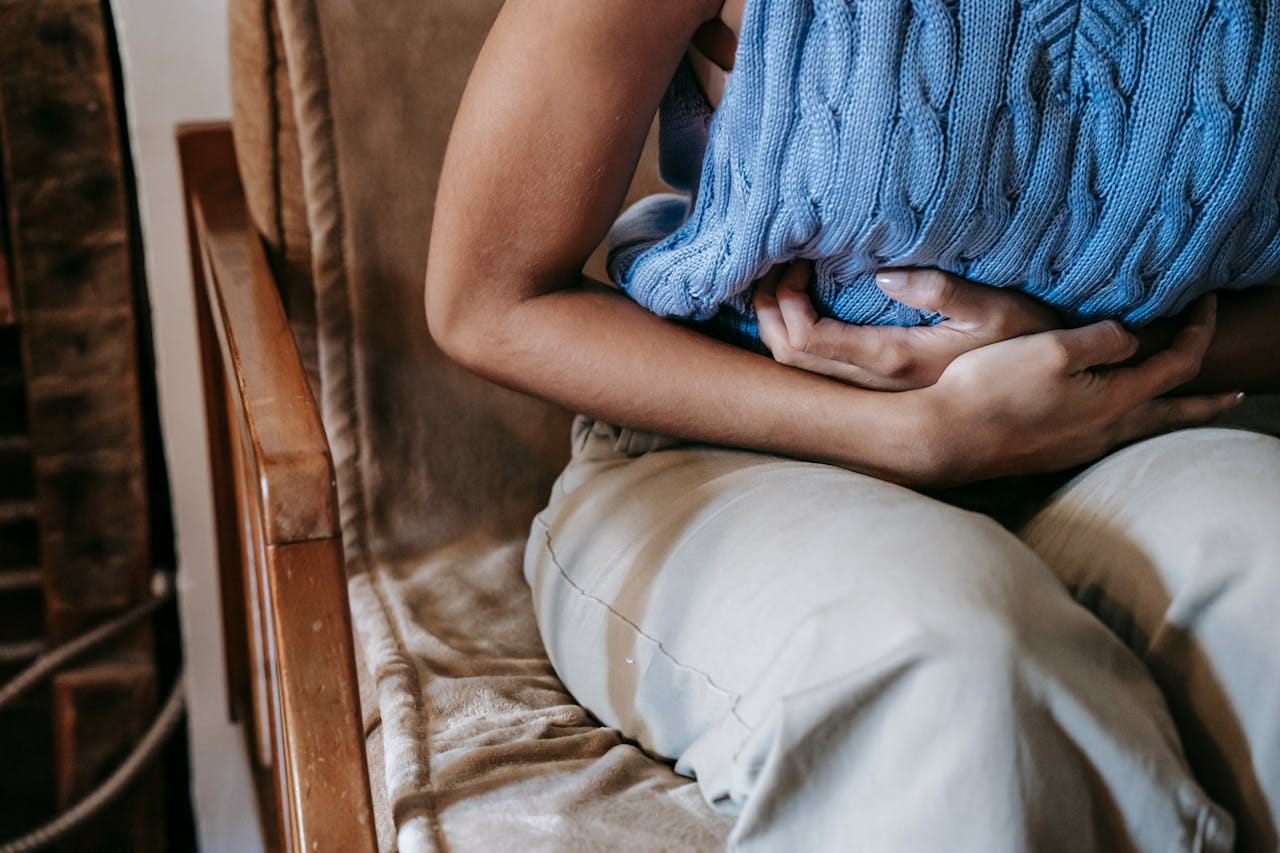That time of the Month

Once we had a Bhajan Sandhya at our home. One of the guests- an IAS officer, apologised for his wife’s absence, saying that she was ‘down’ and felt that her attending the Bhajan Sandhya may spoil the sanctity of the prayers at our home.
As I understand it, aeons ago women stayed home and didn’t go to Temples during their menstrual cycle. But it was for reasons that were to their benefit. These rules were drafted in times, when travel happened on horseback, bullock-cart or Tonga, and conveniences like sanitary napkins and even modern toilets had not yet been invented. The bigger Temples, were usually built away from the city or village. In Northern India, most of the temples are situated in the hills. An arduous journey walking or on bullock-cart or Tonga spanning over hours or even days, was extremely uncomfortable for a menstruating woman. In an era when women used cloth or even straw or grass bundled up into a cloth, to soak up the flow, a journey or any kind of activity away from the house could be uncomfortable to say the least.
A Temple is a place of purity and prayer. Maintaining its cleanliness and sanctity is paramount. There could have been a situation where a woman started her period during the journey or during the long waiting hours in the Darshan queue at the temple. What could she have done in that situation? It would be so embarrassing for her to be moving around in blood-soiled clothes. It would be disastrous for her to drip menstrual blood onto the Temple floor. There was a practice of bathing in the water tank or stream near the Temple before entering. Think of a situation where a menstruating woman would be bathing in that common space along with others. So it was in everyone’s best interest that she stayed home during her period.
In contrast, journeys are easy now because of modern modes of transport being available. Toilets are there even in the temple precincts. And last, but not the least, we have sanitary napkins, tampons, menstrual cups etc. So menstruating women can go to the Temple by all means.
When it comes to Prayer, while doing meditation or chanting Mantras, there is a palpable upsurge of energy in the body. Menstrual blood is essentially a downward flow. This may cause subtle disturbances in the body. To be saved from the discomfort of experiencing opposite flows of energy, women were permitted to stay away from Prayers during this time. In modern times, I doubt if many of us are able to meditate or do enough chanting to create that upsurge of energy in our body, so it should be fine to pray as per one’s capacity, during this time too.
Regarding the debate about why women were told to stay secluded, really speaking these rules were very considerate towards women of that era. Women used to cook, clean, look after children, work in the fields etc. all day long. Families were large, so the vessels for cooking were huge and heavy too. Cooking was an extensively laborious job. Being told to stay away from the kitchen was a simple way of giving compulsory rest to women.
Considering that many women experienced cramps, pain, nausea and discomfort during this time, they were allowed to rest. Since nuclear families were practically non-existent, there were other women who shared the burden of cooking and other household chores.
Women were/are not impure during this period. Menstrual blood is a collection of a month's blood in the lining of the uterus of a fertile woman. It is made up of blood, uterine tissue and mucus and does have a peculiar smell, but it’s not impure.
So if you are up to praying, cooking etc. then don’t let being ‘down’, put you down! Just go for it girls!
This piece has been published in HT on 24.11.2024
